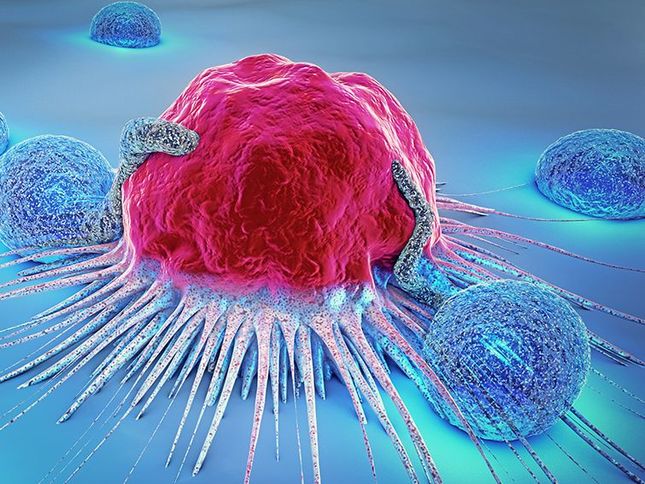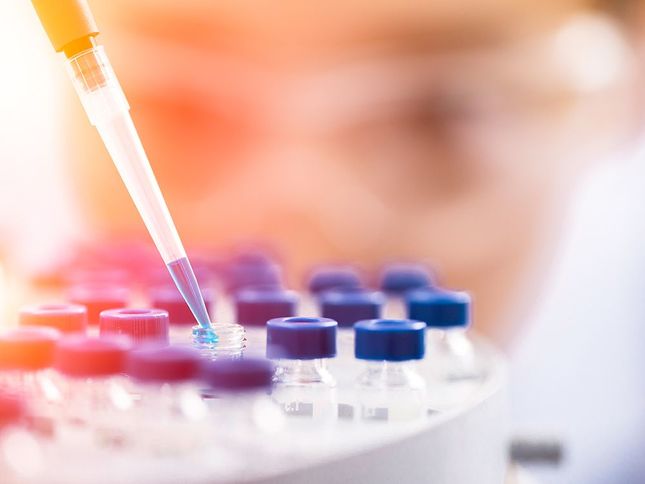Research topics
Due to the complex clinical characteristics of EB, research in the EB House is focused on different aspects of the disease.
Causal therapy. This approach refers to strategies that eliminate the root causes of the disease. These can be corrected at the DNA, RNA or protein product levels. Our ultimate goal is the stable and sustainable production of functional protein in our patients. We are also investigating strategies to reduce or prevent the possible rejection of the restored protein by the patient’s immune system.
Wound healing. Among other aspects, our wound healing research deals with the re-use of clinically-approved drugs for the effective treatment of EB wounds. Two of these substances identified in our research projects are currently in clinical trials. Since chronic wounds develop into cancer over time, we are also focusing on the molecular and cellular characterisation of EB wounds. We intend to clarify why some wounds heal and others become chronic, enabling us to one day identify those wounds that have an increased risk of becoming chronic – and consequently potentially malignant.
EB-related cancer. Aggressive skin cancer is a severe complication that mainly occurs in recessive dystrophic EB. Our goal is to develop effective and evidence-based therapies for this life-threatening cancer. To this end, we require basic research to understand why tumours develop in EB patients, the factors that contribute to this process, and how cancer cells differ from non-degenerate cells. This will enable us to identify suitable markers for early detection – and these can also serve as a target for new therapeutic strategies.
Resource development. EB is a rare disorder, so patient material (especially skin cells which can be analysed in the laboratory) are also scarce and hard to obtain. This is why we need good pre-clinical models that will allow new treatment approaches to be tested in the laboratory before being implemented into clinical trials. The development of new and reliable models can provide important tools for all further issues, thus advancing the implementation of laboratory research results into clinical practice.





